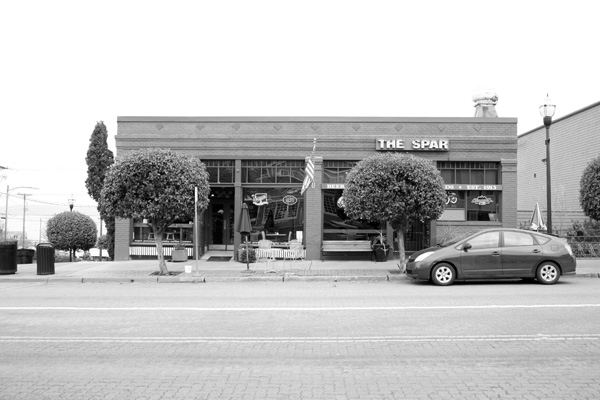

Monochrome
One thing I've discussed before in my philosophy of photography columns is my personal view of black and white photography and photographer. I'm a traditionalist. Black and white, or monochrome as some call, is in the original image, whether it's film or digital, it's in the camera from the beginning. And while you can adjust the monochrome image in digital cameras, it's not much different than using different black and white films and adjusting the exposure and developing.
My point? I like the 5D's monochrome capabilities, and apologiex to some, I'll be happy to shoot monochrome in the field for what it is, black and white, and what I intended. I haven't tried the adjustments you can make for sharpness, contrast, filters and toning, but I will eventually. In the meantime, I've done some initial images taken at night before a Mountaineers club meeting in old town Tacoma.
You can find a sample gallery of the images. All the images were taken in monochrome, spot metering, ISO 800, without flash, aperture mode - mostly at f2 with the 50mm lens. No alterations or manipulations were made from the original jpg file downloaded from the camera.
I wanted to see how the camera worked in a night setting with high ISO. Most of the metering was set using spot metering on the obvious subject, such as the clock in the clock image or inside the cafe or tavern. Tests with other metering modes seem to do worse. The shutter speeds varied from 1/20th to 1/80th of a second, my goal in setting the ISO.
The result? To a professional, not great. The last one has the focus on the wrong subject, and some could use some improvements. But that's not my goal. I just wanted to see what happened and how the camera captured it.
Please use the contact link to send e-mail.